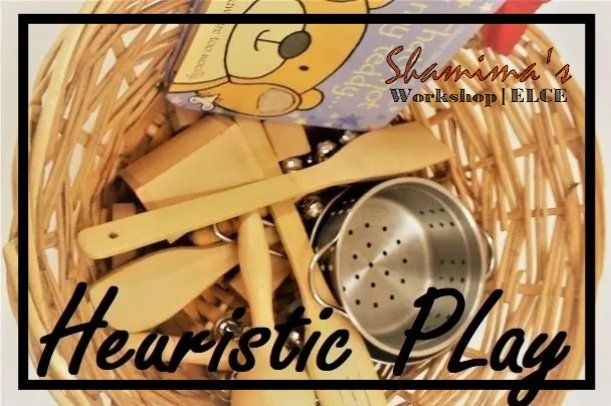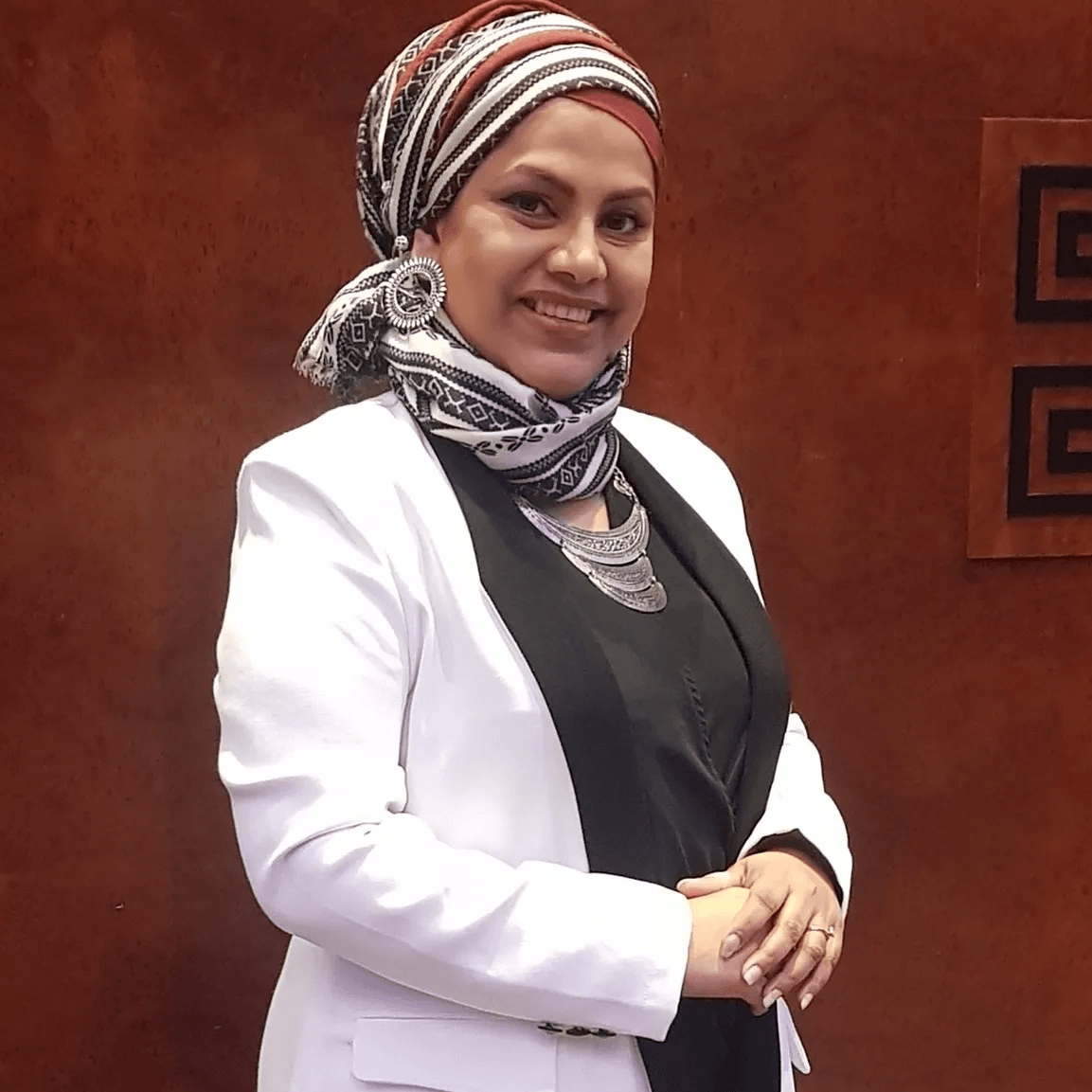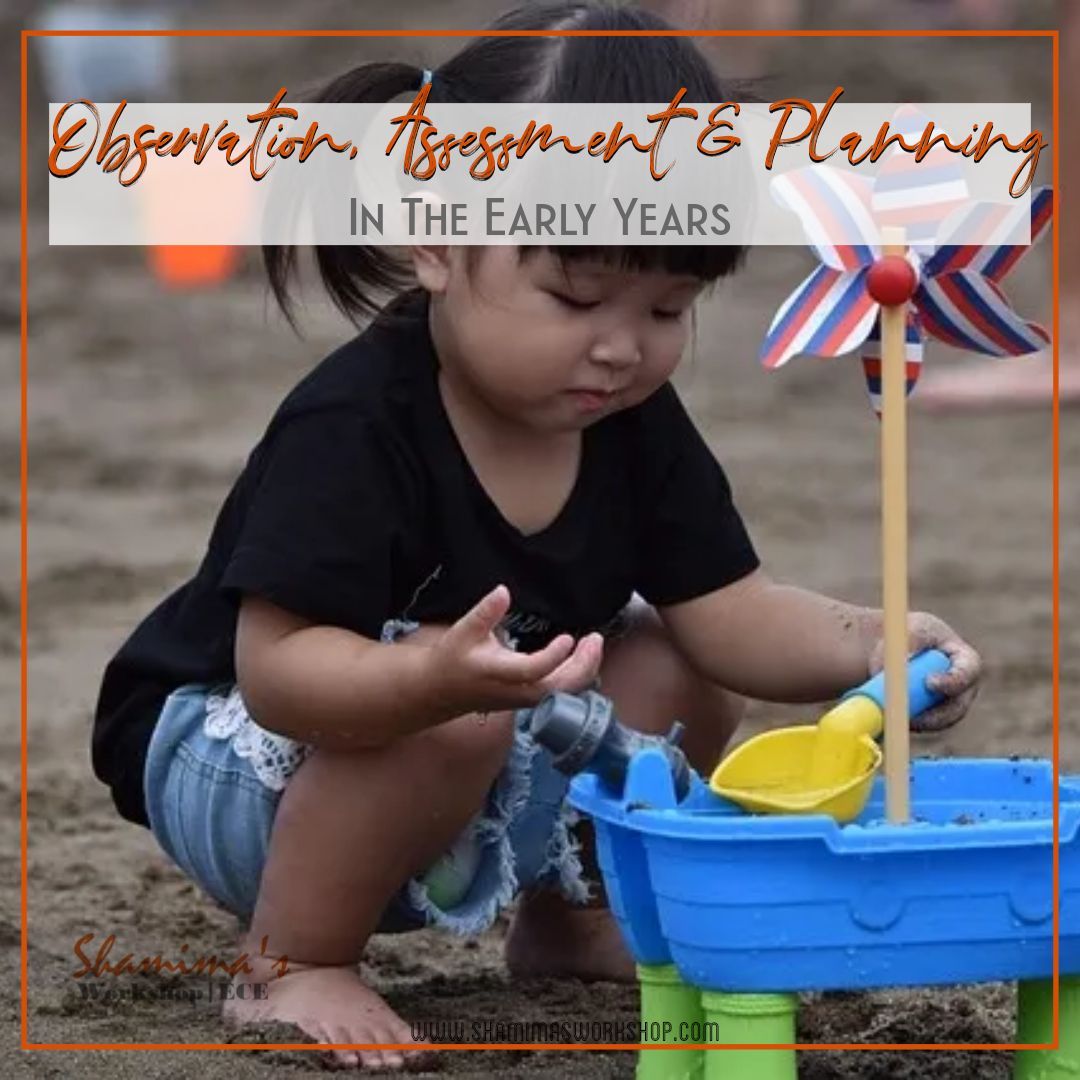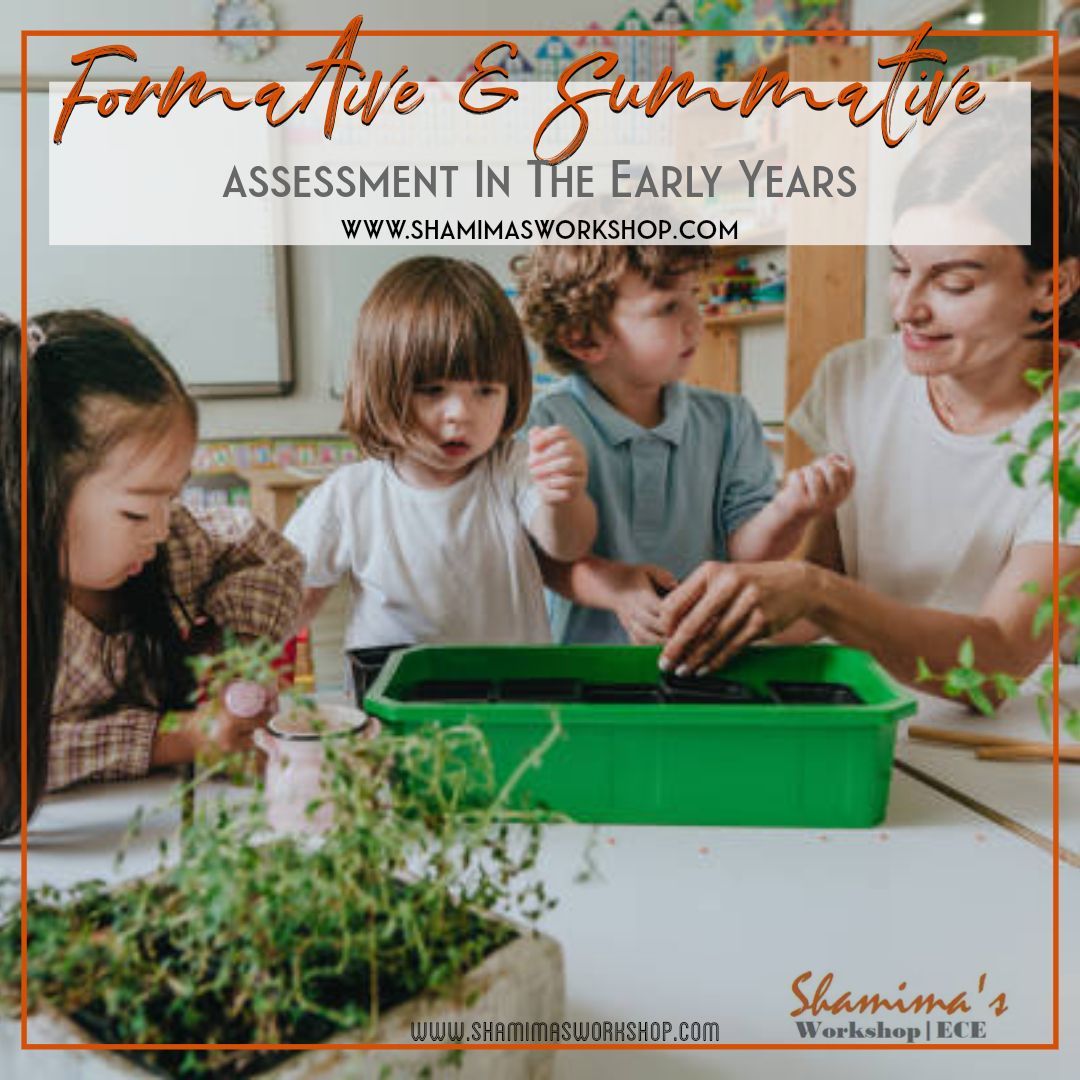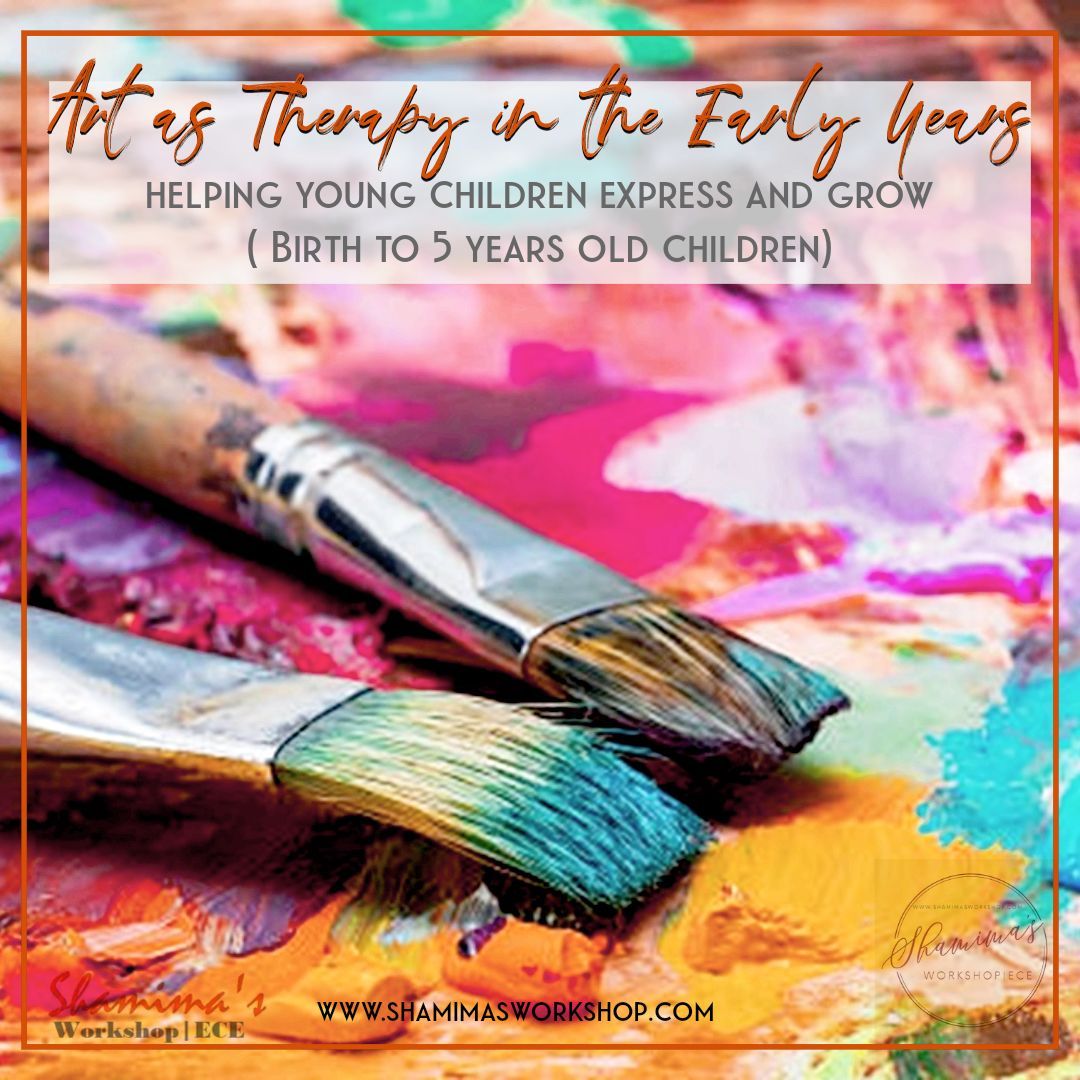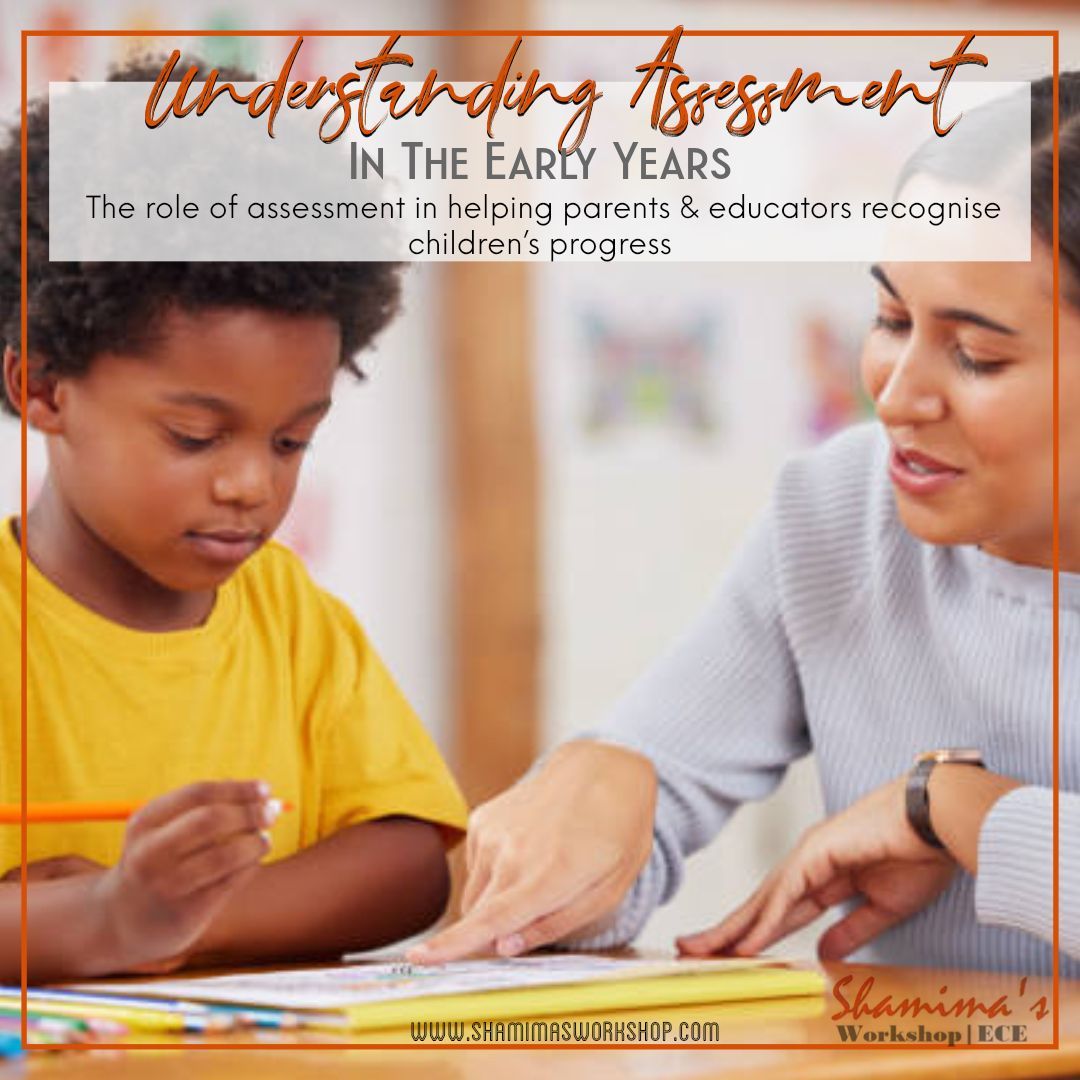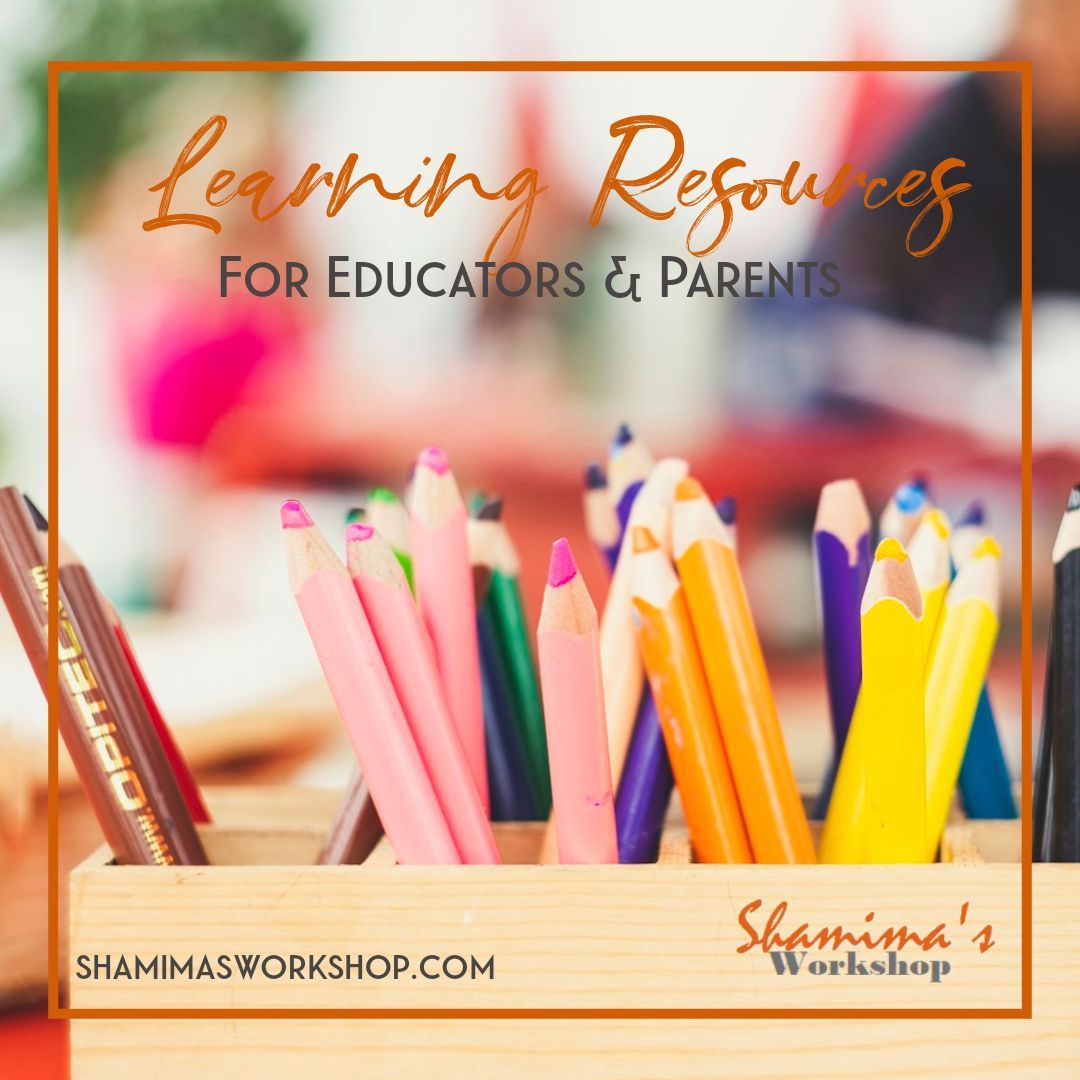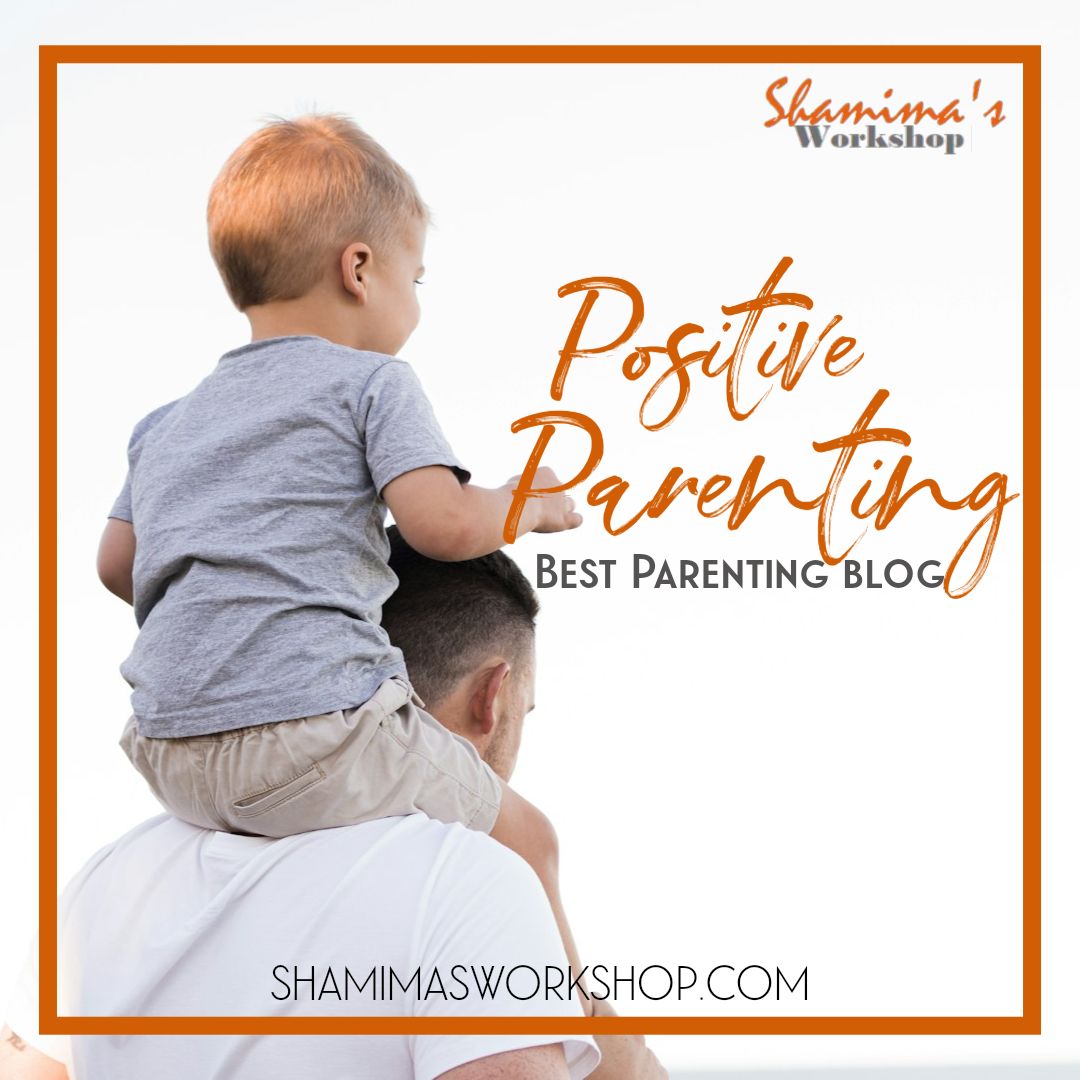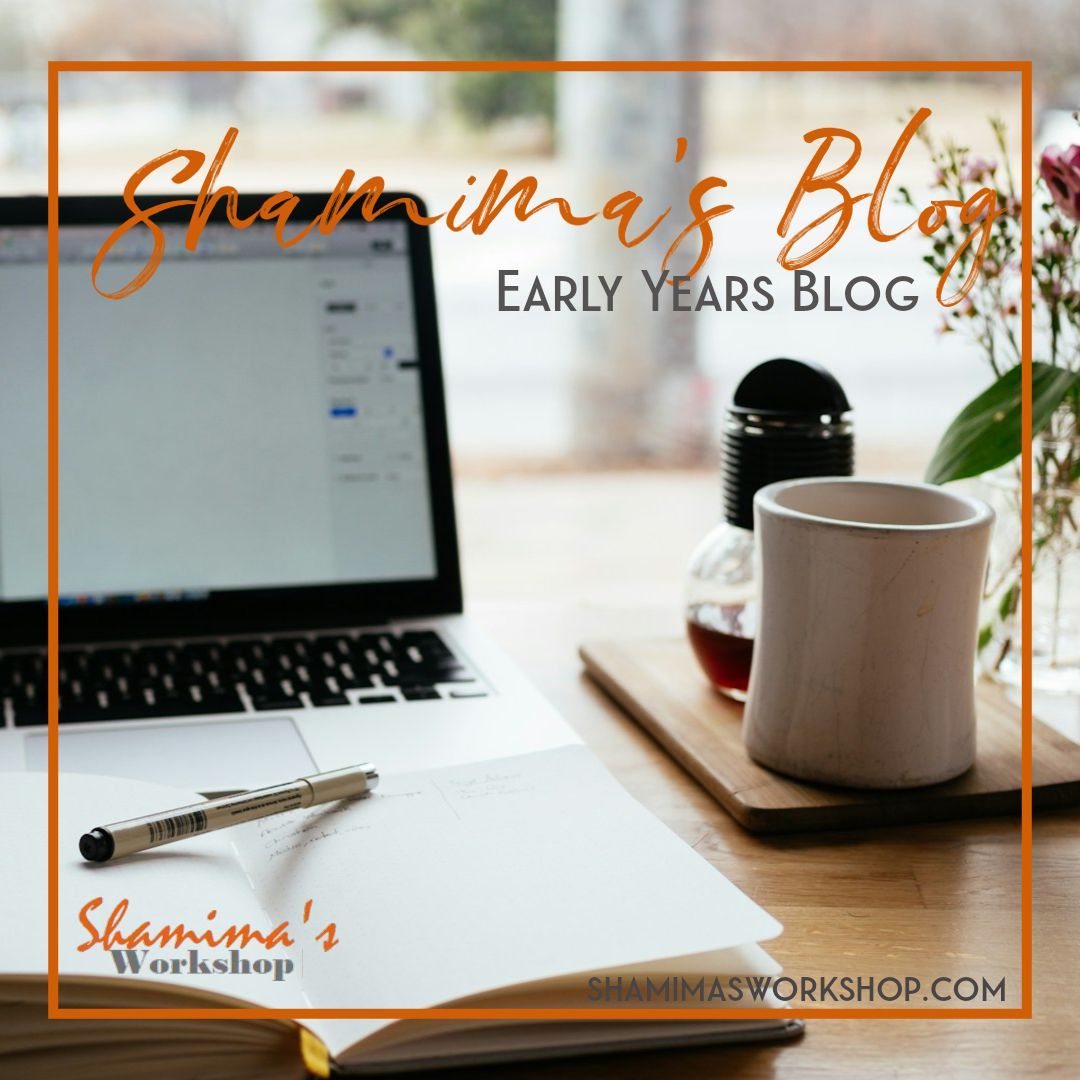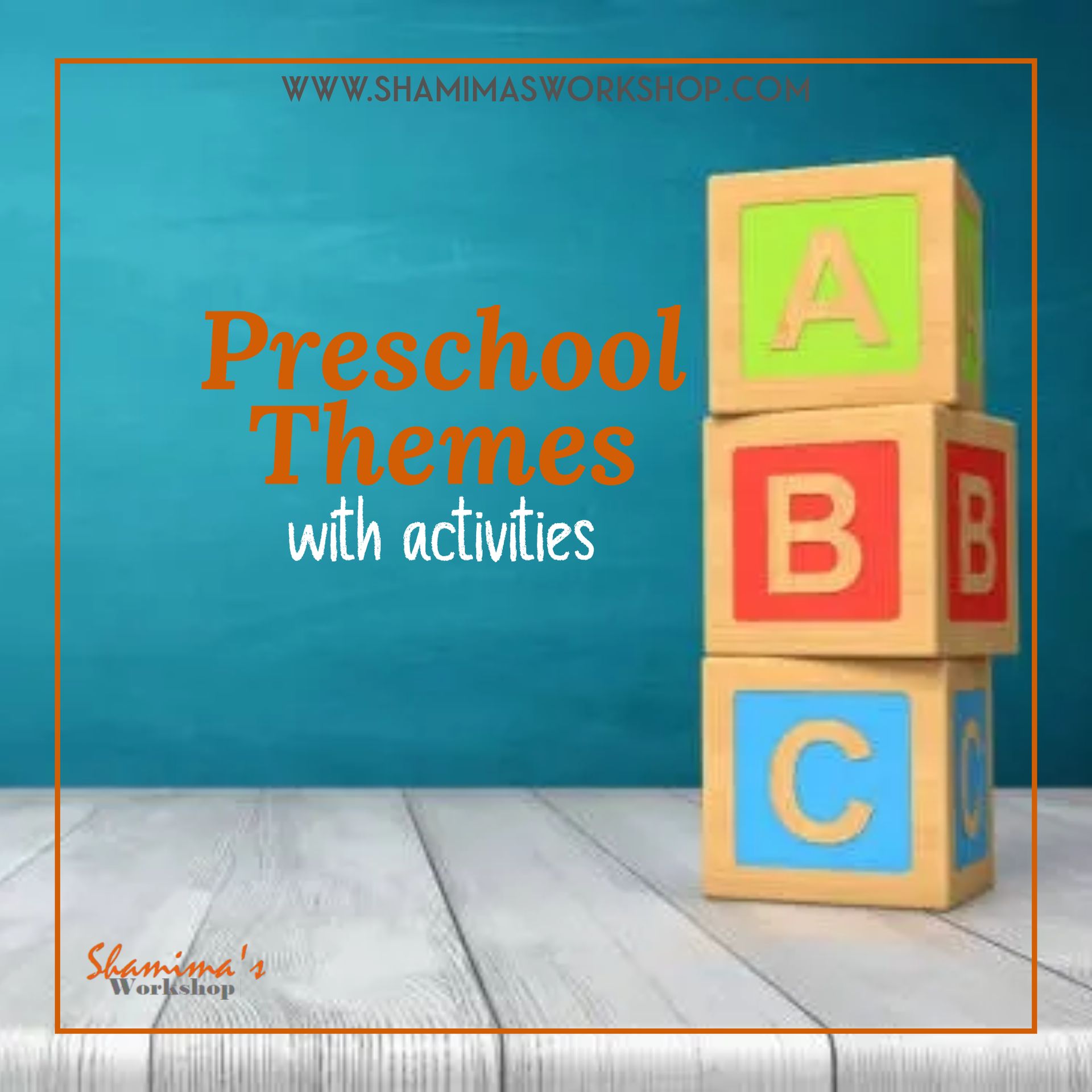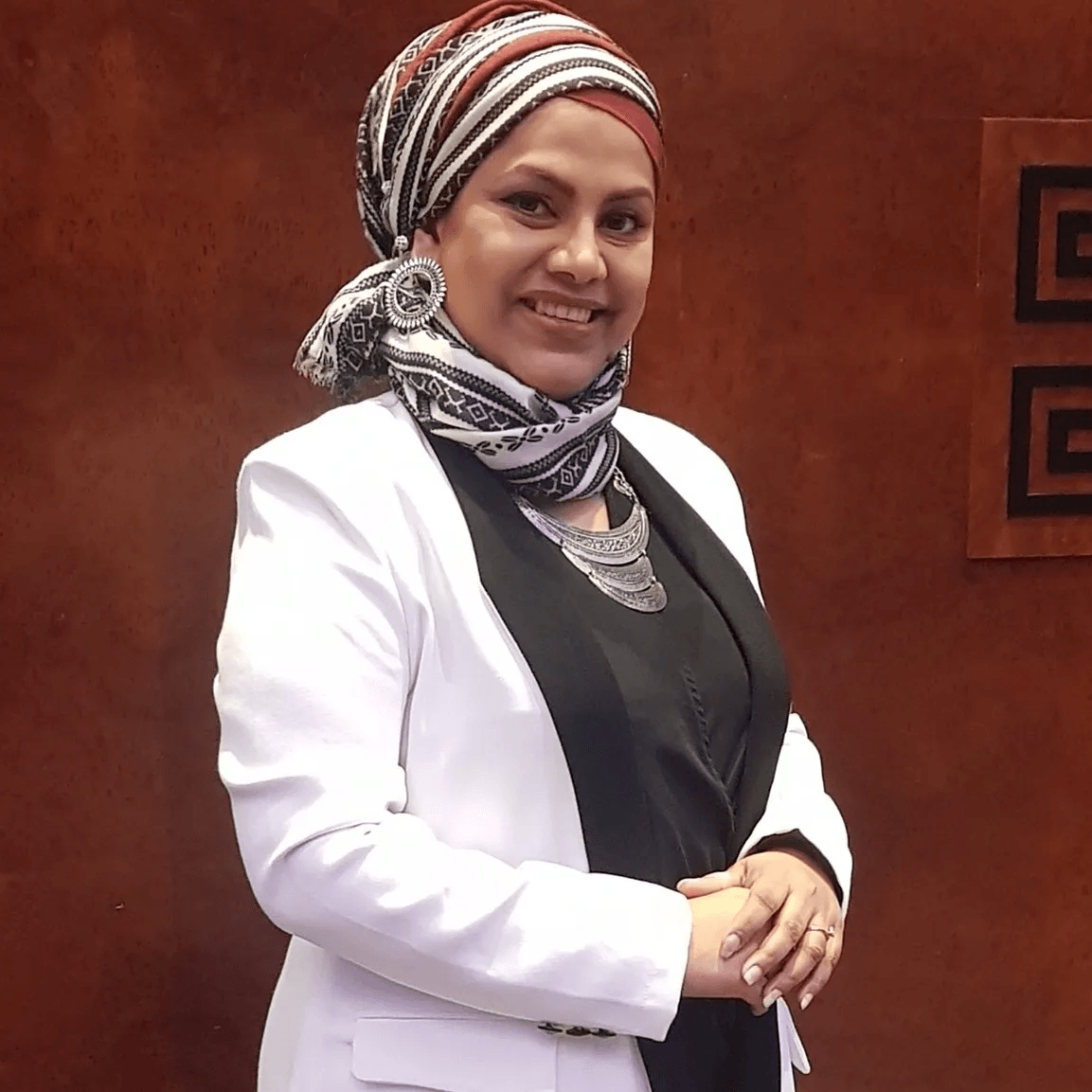Have you ever encouraged a particular moment with your child when they would rather play with the box in which a new toy has arrived, rather than the toy itself? Or yet another object every day over a new toy? This is what is known as heuristic play if you have it.
When given space to explore, the children are at their happiest. They scuttle about their world, hitting, manipulating, and chewing on something with their small hands they can find but what do you think of an idea that makes this seemingly normal cycle ban outlet for learning and fun? So that's exactly what heuristic play is about.
Heuristic
the adjective "enabling a person to discover or learn something for themselves."
Defining Heuristic Play
The word "heuristic" derived from the Greek word "eurisko" and it means to discover or acquiring an understanding of something. Heuristic play is the term used to describe children using their senses to playing and exploring different natural materials.
Elinor Goldschmied(1910-2009) a child psychologist invested in the term heuristic play in the 1980s which become a standardized term in the book People under three: Young Children in Daycare. In a book that she co-authored with Sonia Jackson, they described a clear overview of heuristic play is for children. Goldschmied regarded heuristic play as a non-prescriptive approach to learning without a single way of doing it. The collection of used objects and receptacles are an expression of the adult's creativity.
What is Heuristic play?
The heuristic play is about explosion and curiosity. It is grounded in the innate excitement of young children. It offers children an opportunity to explore an atmosphere where they can learn new ways of being imaginative and articulate while managing a variety of items in a safe, supported, open-ended manner.
Principles of Heuristic Play
There are five principles to play being viewed in heuristic play:
Principle one:
The type of equipment used in heuristic play, no toys are provided, the equipment should be natural materials or real things that adults busy themselves with.
Principle two:
The role of adults in this play, adult sets the play and then assumes a position by themselves in a place where they are not clearly included in the play but still available to intervene and indirectly play if required.
Principle Three:
The timing of the play sessions Heuristic play should offer to children when they are settles. Children usually not take interest when they are hungry, tired, have uncomfortable nappies or clothes, or unwell.
Principle four:
Setting up play sessions children need to concentrate and explore the equipment so the play sessions should be set up away from distractions and noise. A room with an area of a large play space away from the main play area will be ideal for this type of play.
Principle five:
The number of equipment available children, in heuristic play sessions, do not have to take turns or share so there should be plenty of equipment and sets of the same things
Why is Heuristic play good for young children?
This style of play develops concentration and their ability to continue with one train of thought.
Children can move their arms and their legs constantly and use their torsos to twist and bend. It supports children's physical development: strong muscle control, gross motor, and hand-eye coordination.
Children will use trial and error, testing their own theories. It type of engagement helps children to be independent.
As children learn through discovery and exploration, that supports children's cognitive development.
There are many early mathematical concepts that will explore in this type of play.
It supports children to learn different skills such as imaginations, critical thinking, and problem-solving.
It allows children to gain an understanding world around children
It allows opportunities to explore independently and make choices.
Children learn to think "out of the box", items together, and find out ways of making them connect it allows for creativity as children bring.
Children will develop strategies, face problems, and situations, and they overcome by thinking critically.
A range of senses involved while interacting in this type of play.
Items that could help Heuristic play:
Heuristic play is effective as it is an open-ended activity. Children are able to explore a world of wonder and "what if?" It does not have a set outcome. I have shared a list of equipment that can be collected for this type of play:
- Natural object: pine cones, seashells, lemon, orange, coconut, pebbles
- Paper/cardboard object: egg boxes, small boxes with lids, cardboard tubes, notebook,
- wooden objects: wooden bowl, pegs, egg cup, spoons, blocks, napkin ring,
- rubber objects: jar rings, rubber ball, soap holder, door stop
- metal object: egg cup, curtain ring, tea strainer, small bowl, spoon
- brushes: bottle brushes, scrubbing brush, pastry brush, paintbrush, nail brush, wooden toothbrush, brushes with different sizes
- other objects: reels of thread, big feathers, colour beads on a string, colourful tape, clothes, jar lids, hair rollers, small mirror, ceramic bowl.
Before choosing items for Heuristic play, we should remember some points, make sure all objects or resources or equipment should be clean and safe. If you are using natural material then items with sharp edges or could cause harm should be avoided. You have to make sure which are using for this type of play are not too small to be swallowed.
Treasure basket play:
Treasure basket play is a type of heuristic play for non-mobile babies normally displayed in a small basket filled with everyday items made from natural material. As babies grow up, they go beyond being content to simply feel and think about objects, to see what can be done with them. This type of play is also developed by Elinor Goldschmied to promote heuristic play.
"Heuristic play is an approach and not a prescription. There is no right way to do it and people in different settings will have their own ideas and collect their own material."(People under three: page 130)
What Next?
If you are reading this article, you might want to check out more children articles to enjoy:
The importance of Imaginative play
Understand different types of play for children
Like this article? Share it with your friends!
